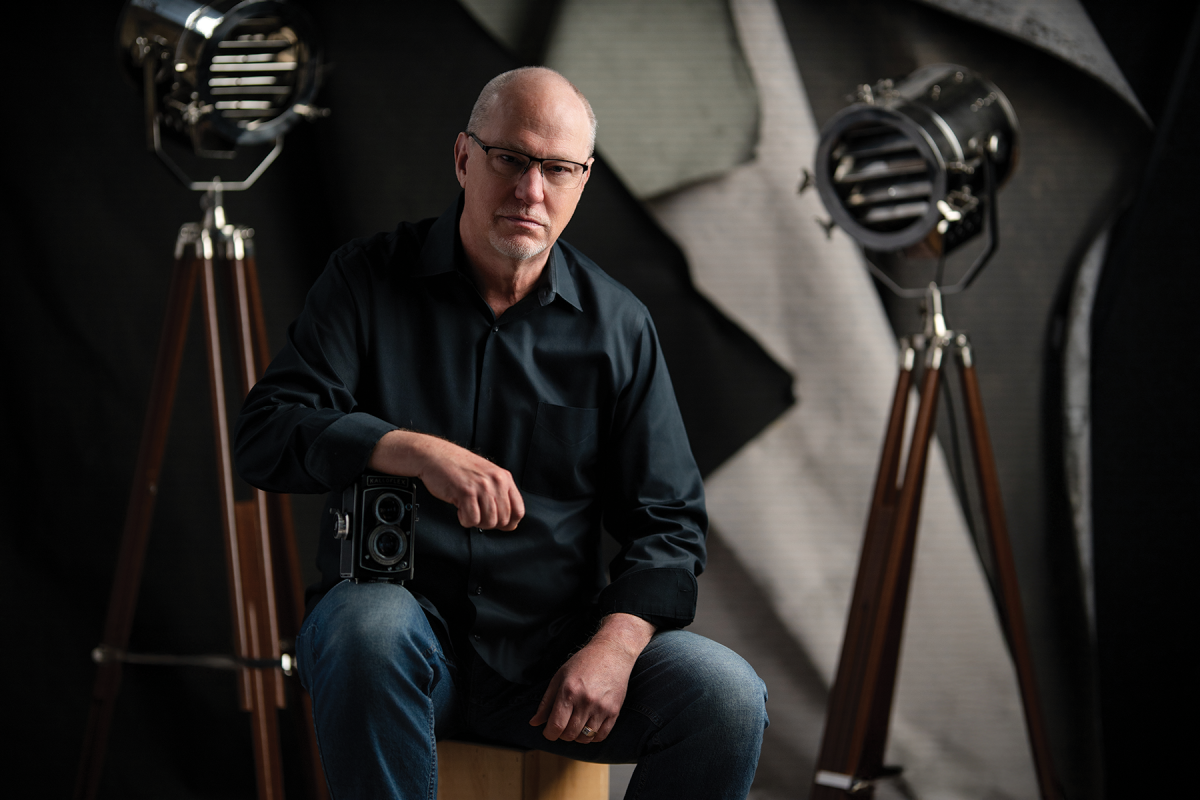From dissections to monitoring fish tanks, the juniors and seniors who spent seven days at the Marine Biological Laboratory (MBL) in Woodshole, Massachusetts during retreat week participated in many STEM activities and expanded their knowledge in marine biology field.
To be selected for the MBL trip, juniors and seniors filled out an interest form and then filmed a three-to-four-minute video explaining why they are a good candidate for the trip.
Students began each day by changing and checking the water in their fish tanks.
“The fish tank was the overarching project,” junior Naviya Reddy said. “We did lots of different activities, but we always came back to work on the fish tank.”
Throughout the trip, students monitored their fish tanks and tested various concentrations in the water to create a safe living environment for the sea urchins, sea stars, sea cucumbers, hermit crabs and other specimens.
“We set up fish tanks with proper filtration systems and fed those each day,” junior Aynalie Charron said. “We tested the water for ammonia – which is toxic – as well as nitrate, nitrite and pH levels.”
In addition to these water tests, the MBL students tested the percentage of dissolved oxygen, temperature and salinity, which is the dissolved salt in a body of water. Ammonia, a waste product of the fish, is toxic to fish. When the students’ water tests indicated levels of ammonia, they diluted it by removing one-quarter of the tank’s water and replacing it with clean water.
Junior Jordan Lacsamana said that the students also learned about the nitrogen cycle, which taught them that ammonia converts to nitrate and later to nitrite with the help of bacteria. Measuring the nitrite and nitrate levels helped them see if the ammonia broke down.
At the end of the trip, they presented the findings in a PowerPoint to show how these levels affected the water in the fish tanks. They tested the different levels in the fish tanks to check the water quality and ensure the fish and organisms had the necessary conditions to thrive.
Reddy’s favorite activity involved squid embryos.
“We had live squid embryos and we put them under a microscope,” Reddy said. “Then, we picked off a film with two forceps to see them better.”
Lacsamana said the dissections were her favorite labs, and she enjoyed using the MBL’s confocal microscopes to observe squid embryos.
“We had dead squid embryos that we dyed, and we were able to see the muscular system and nervous system because they were dyed different colors,” Lacsamana said. “After staining them, we imaged them and looked at them through the confocal microscope that projected the images on a computer screen.”
The next day, the students uploaded the pictures from the squid embryo lab onto their own computers and made 3D reconstructions of the embryos using an app called Fiji.
Charron said that the most notable thing she learned was that some aquatic organisms can regenerate entire parts of their bodies.
“I found it very interesting that this information is used for science in humans, too,” she said.
In the afternoons, students listened to participated in labs and listened to lectures that ranged from water safety and water quality to butterflies and coloration. Typically, the lectures corresponded to lab activities during the day, but they also attended lectures on invertebrates
and vertebrates.
“After the lectures, we went to the lab and would implement everything we learned into an experiment,” Charron said.
Although students mainly worked in labs and lecture halls, they took part in other activities on the MBL’s campus too, notably the rare
books tour.
“The rare books tour included collections of different marine species from different centuries which was really cool to look at,” Lacsamana said. “One of the books had detailed drawings of various fish species and their descriptions, but also a drawing of mermaids and other mystical creatures.”
The students also had the opportunity to see and hold Thomas Hunt Morgan’s Nobel Prize, which he earned for his work with fruit flies.
Outside of the activities pertaining to marine biology, students also enjoyed exploring the surrounding area. During their free time, they walked to a nearby café, Pie in the Sky, and went on runs along the beach.
Throughout the trip, the students said they grew closer with one another too.
“Being with each other helped us get a lot closer, and now we talk even more than before,” Lacsamana said.
As a result of the trip, Charron, Lacsamana and Reddy expanded their interest in the
STEM field.
The MBL trip kindled a newfound interest in dissections for Reddy and inspired her to carry her new passion into her future classes at Hockaday.
“I talked to Dr. Fishel about how much I loved the dissections,” Reddy said. “She said I should take Comparative Vertebrate Anatomy next year, which I didn’t think
about before.”
Charron’s experience on the trip opened her eyes to the expansion of their biology lessons to humans.
“I didn’t realize that there was a way to connect this to humans and benefit both species through biology,” Charron said. “Now I think about this a lot more, and learning about the animals and what they can do made me more interested in biology.”








